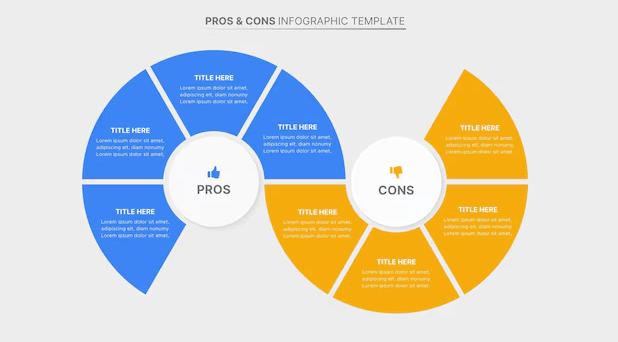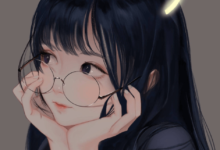Design:1udfrp_Tq8m= Infographic

The “Design:1udfrp_Tq8m= Infographic” serves as a compelling case study in the effective communication of complex information through visual means. By examining its key design elements—such as color theory, typography, and layout—we can appreciate how these components work in tandem to enhance viewer engagement and comprehension. Furthermore, the practical applications of such strategies extend beyond mere aesthetics; they play a crucial role in influencing decision-making processes. Yet, the true impact of this infographic raises questions about its broader implications in the realm of design. What can we learn from its approach?
Purpose of the Infographic
The primary purpose of an infographic is to distill complex information into a visually engaging format that enhances understanding and retention.
By employing data storytelling, infographics capture attention and convey narratives that resonate with audiences.
Effective audience targeting ensures that the visual elements speak directly to specific demographics, empowering viewers with the freedom to grasp intricate concepts effortlessly and inspiring informed decision-making.
Key Design Elements
Effective infographics are characterized by several key design elements that significantly enhance their impact.
Employing color theory ensures emotional resonance, while thoughtful typography choices promote readability.
Adhering to layout principles creates visual harmony, guiding the viewer’s eye seamlessly.
Moreover, audience targeting tailors content to specific demographics, fostering deeper connections.
Together, these elements empower infographics to communicate effectively and creatively, inspiring a sense of freedom in expression.
Read Also Cute:Zwmawa9q7dm= Stitch
Visual Impact and Engagement
Visual impact is a crucial factor in creating engaging infographics that captivate audiences.
Effective visual storytelling harnesses striking imagery and thoughtful composition, fostering emotional connections that enhance audience retention.
By prioritizing clarity and detail, designers can evoke curiosity and inspire exploration, ultimately empowering viewers to engage deeply with the content.
This approach transforms data into a vivid narrative, celebrating the freedom of interpretation and insight.
Practical Applications for Designers
Numerous practical applications exist for designers seeking to enhance their infographic creations.
By integrating user research with effective audience targeting, designers can tailor their messaging.
Employing data visualization alongside thoughtful branding strategies, color theory, typography choices, and layout principles elevates user experience.
These elements work harmoniously, creating visually engaging infographics that resonate with viewers and convey information clearly and effectively.
Conclusion
In the realm of visual communication, the “Design:1udfrp_Tq8m= Infographic” stands as a beacon, illuminating the path from complexity to clarity. Each color and shape serves as a brushstroke on the canvas of understanding, weaving a tapestry that resonates deeply with its audience. This infographic not only enriches knowledge but also nurtures emotional connections, akin to a symphony harmonizing disparate notes into a cohesive melody. Through this artful synthesis, designers are empowered to craft narratives that inspire informed decision-making.







